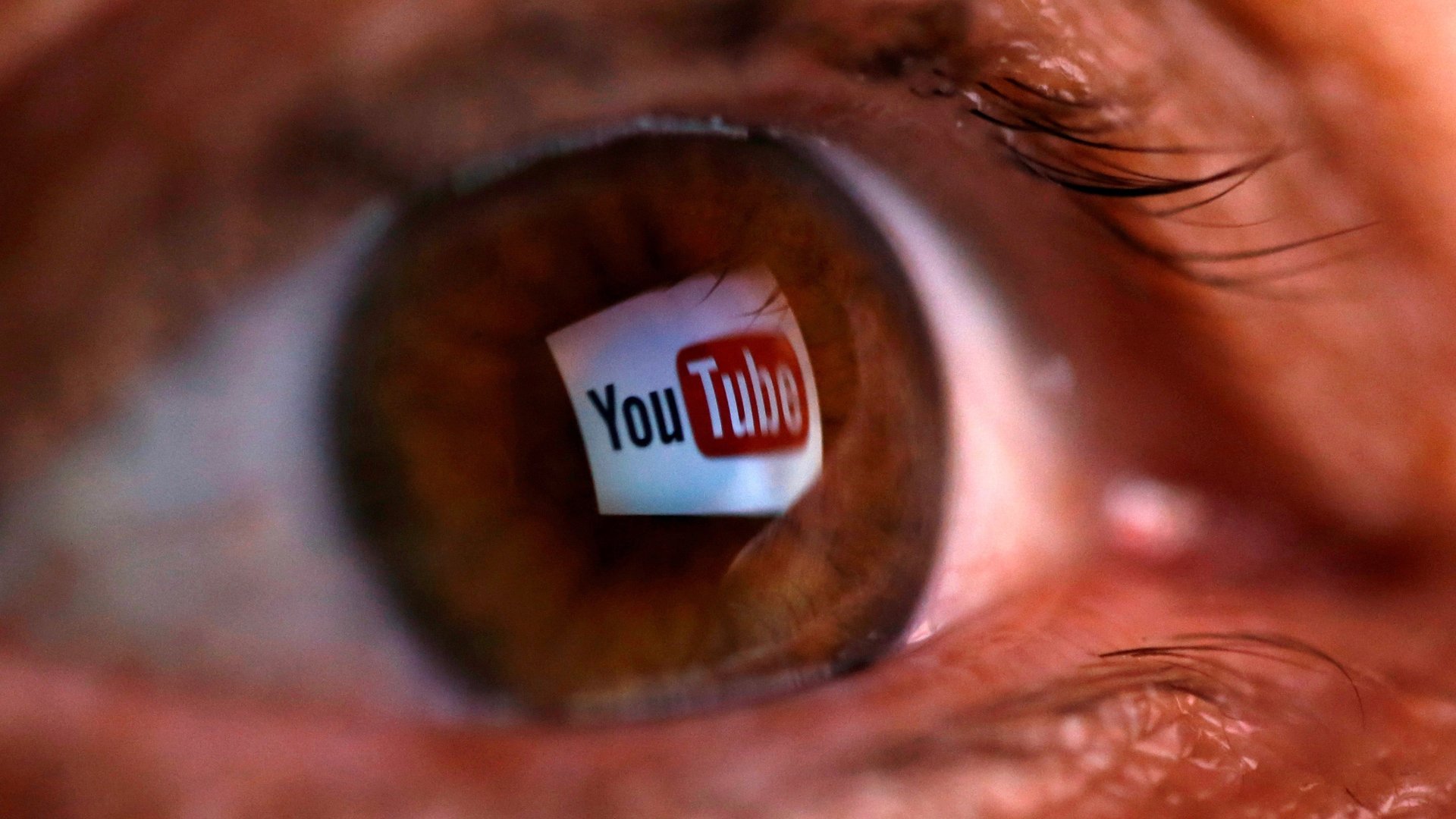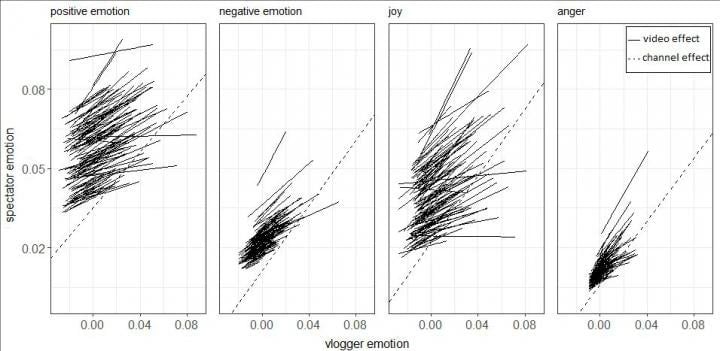You can catch a mood from watching YouTube videos
Humans are sensitive creatures. Our feelings are easily influenced by the emotions of those around us and even of strangers online. It turns out that this phenomenon, called emotional contagion, extends to the videos we watch on YouTube, too.


Humans are sensitive creatures. Our feelings are easily influenced by the emotions of those around us and even of strangers online. It turns out that this phenomenon, called emotional contagion, extends to the videos we watch on YouTube, too.
A new study in the journal Social Psychological and Personality Science is the first to measure the effects of YouTube videos on viewers’ emotional state, according to its authors, psychologists Hannes Rosenbusch, Anthony Evans, and Marcel Zeelenberg from Tilburg University in the Netherlands. Previous studies have examined emotional contagion in text-based platforms like Twitter and Facebook, noting that feelings move online from one person to another just as they do in physical environments.
The psychologists hypothesized that the same effect occurs when we watch videos—and since nearly 5 billion YouTube videos are viewed daily, the effects on viewers’ emotional states could be significant indeed.
The researchers conclude that, just like catching the flu from the people around you, you can contract a mood from the media you consume. They examined more than 2,000 popular vlogs on Youtube, each with a minimum of 10,000 subscribers and some with millions of subscribers, noting the emotions and expressions of the vloggers and studying viewers’ responses in the comments. The psychologists noted two phenomena at play. One was short-term—contagion—and the other was more sustained, evidencing homophily, or the tendency to seek out people who express similar emotions.
There was evidence that there is both a sustained and an immediate effect that leads to a YouTuber’s emotion correlating with audience emotion, which is to say that viewers sought out vloggers who confirmed their emotional outlook, and also responded to the sentiments expressed in videos by mirroring them. When a YouTuber posts a video with a generally positive tone, audiences react with heightened positive emotions. Viewers similarly mirrored negative emotional states.

“Our research is a reminder that the people we encounter online influence our everyday emotions—being exposed to happy (or angry) people can make us more happy (or angry) ourselves.” Rosenbusch, lead author of the study, says in a statement.
The findings are worth keeping in mind whether you’re reading your Twitter, Facebook, or Instagram feeds, watching videos, or hanging out with your fellow humans IRL. If hell is other people, as French philosopher Jean Paul Sartre noted in his 1944 play No Exit, then heaven can be too. And it doesn’t seem to matter whether those people are in the room with you or on a nearby screen.